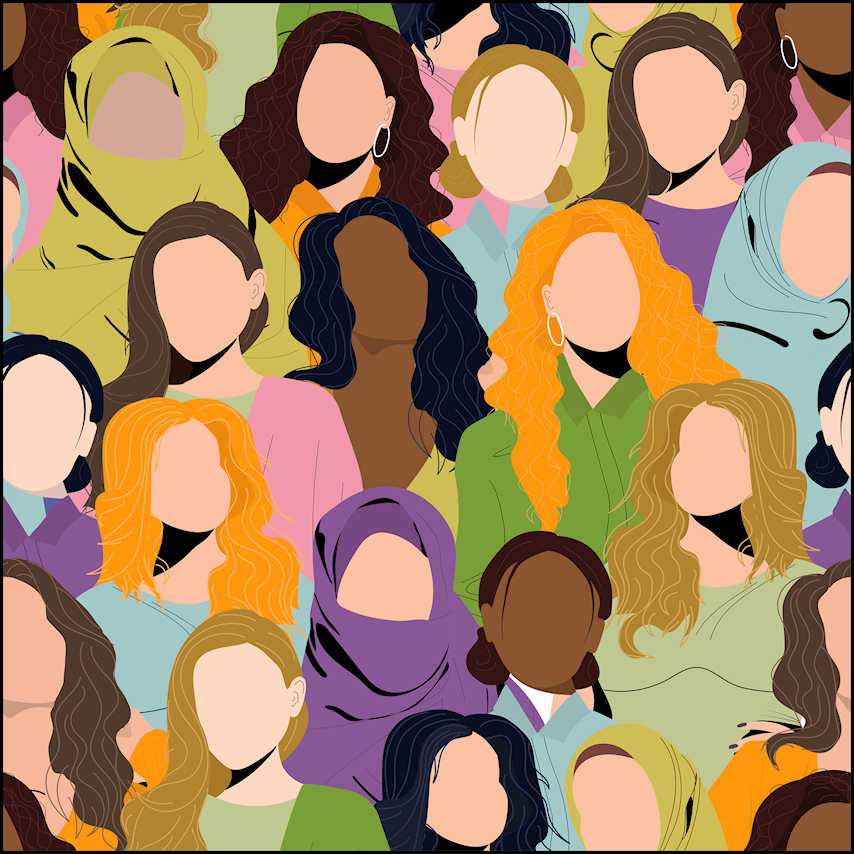Gender Equality

This month, our blog will provide an overview on the critical topic of Gender Equality. We will touch on what that actually means, what the benefits are of implanting gender equality into your business and how, as RJC, we can help you – regardless of where you are on that journey.
It is not new news that gender inequalities exist in today’s world. Whether they be systemic, institutional or cultural, women and girls often are faced with challenges and obstacles not faced by men.
Covid-19 has catalysed the already challenging gender gap. A study by the World Economic Forum reports that the impact of the COVID-19 pandemic has increased the gender gap by a generation from 99.5 years to 135.6 years. The gender gap is in reference to the unequal outcomes between the sexes in various economic, social, political and cultural contexts. It has exacerbated the gender pay gap to further disadvantage women with family responsibilities, due largely to the childcare and educational requirements imposed by COVID-related closures and lockdowns. Across the globe, women earn less, save less, hold less secure jobs, and are more likely to be employed in the informal sector. They have less access to social protections and are the majority of single-parent households. Their capacity to absorb economic shock, consequently, is less than that of men.
Gender inequalities affect women of all ages, races and backgrounds. Even in different climates, economic/cultural backgrounds and races will face different challenges, but gender inequalities are apparent regardless.
Within the Sustainable Development Agenda, gender equality is both a standalone goal, and a cross-cutting priority within other goals. For example, gender equality is crucial for advancing education, sanitation and climate action. Within Goal 5 – Gender Equality — there are key areas important for businesses to focus on, and contribute to, including: equal remuneration for women and men, diversity and equal opportunity, access to sexual and reproductive healthcare services, elimination of workplace violence and harassment, women in leadership, and childcare services and benefits.
Let’s take a look at how this affects our industry in particular…
Women drive demand for more than 90 percent of the world’s jewellery and make up a large portion of the industry’s value chain. However, women’s roles in the jewellery supply chain are influenced by gender inequalities (gender norms, practices, and institutions) that serve as barriers to entering and advancing within the industry. Gender norms and stereotypes create environments where sexual harassment is deemed normal, women are expected to do more housework than men, women are paid less than men or expected to do ‘women’s work’ when formally employed, among others.
Last year, in partnership with Business of Social Responsibility, the RJC produced a report on the current landscape of gender equality within the jewellery and watch industry. This report took a deep dive into some of the barriers faced by women across the supply chain and the opportunities available for companies who implement gender equality policies and values. If you would like to review the report, you can find it here.
This report highlights the inequalities faced by women, who are overrepresented in the work force in lower skilled jobs, and underrepresented in higher skilled/executive roles. It discusses the different problems faced by women who are part of an ethnic minority and those who are white. It discusses the different barriers faced by women in various parts of the supply chain. The report also uses information from various think tanks including IMPACT which looks into women’s roles in ASM.
The report also contains a wealth of information, resources and tools for you to use on how to recognise potential barriers and how to take steps in creating and implementing policies to help bridge the gap. We understand that some might read this and think this would only apply to the bigger companies, but there are steps that every company can make, regardless of size.
RJC also provides its own gender equality toolkit and a training module. The toolkit recently launched in summer 2022,and includes a particular focus on SMEs (Small and Medium Enterprises). This toolkit provides concrete actions and steps SMEs can take to reach the broader goal of gender equality.
Achieving gender equality also makes financial sense. According to McKinsey & Company’s Global Institute Report, narrowing the gender gap could add between $12 and $28 trillion to the global GDP. Highly regarded media outlets such as Forbes promote the importance of gender equality and the financial gain set for businesses who take meaningful steps. A report from the European Commission stipulates the macro-economic benefits of gender equality, including the potential contribution that increased female labour market participation could bring.
Please find below some links to different resources RJC can offer on gender equality for your visitors.
- Download the Gender Equality Toolkit
- Getting started and moving forward: Interactive module
- Download the poster
If you have any questions or queries relating to this article or indeed wider topics, please reach out to us at training@responsiblejewellery.com and we will be more than happy to assist.
Thank you for reading.
Until next time.